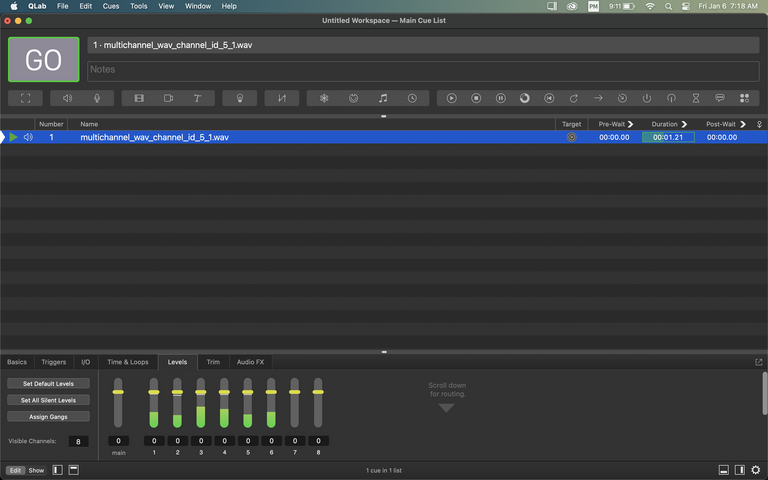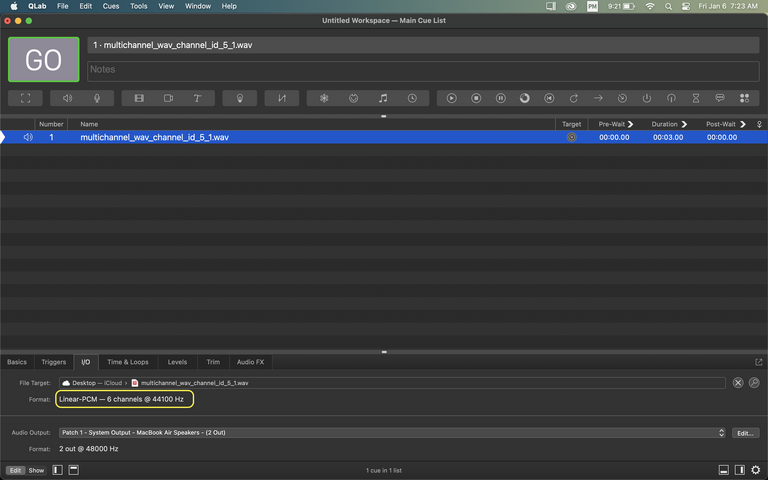Jay Ashworth
Well-Known Member
For the first time in my 8 years or so back in the theater, somebody is asking me to play quadraphonic audio out of qlab. 4.6 in this case. I know that requires an audio license, but I'm not quite sure what format of file qlab will be able to pull four tracks of audio out of as I import it and drop it in a cue sheet. Anybody know that particular thing off hand, or have a pointer to a good write up on using Qlab specifically for quad?
The last time I touched quadraphonic audio was when my dad had a quad 8-track player when I was 12.
The last time I touched quadraphonic audio was when my dad had a quad 8-track player when I was 12.





